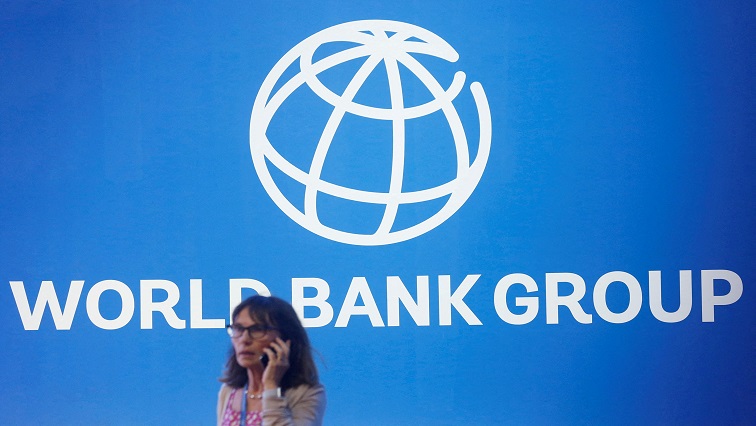The United States on Monday welcomed plans by the World Bank to boost annual lending by $5 billion to middle-income countries to fight climate change and other global crises over 10 years, but said it was pushing for more ambitious changes soon.
A senior US Treasury official told Reuters the World Bank’s governors were expected to endorse the long-awaited plan during their twice yearly meetings next week, while calling for the bank’s management to outline firm plans for further reforms.
The United States, the bank’s largest shareholder, has been pressing the World Bank for months to take bolder action to increase funding to help developing countries address climate change, future pandemics and other global challenges.
The World Bank provided $100 billion from 2020-2022 for global public goods, but estimates that developing countries and the private sector would need to spend far more – $2.4 trillion a year – to address such needs.
“We need to keep up the ambition. There is still so much more to do,” the official said, adding that the United States was pressing the bank to map out concrete additional reforms, along with a timeline for implementation.
The Biden administration sees the bank’s “evolution road map” as an “initial down payment on a series of important reforms,” but wants further reforms implemented as possible instead of waiting for the bank’s governors to meet in October, the official said.
“We would like for the bank to lay out a work plan of additional reforms, and a timeline on when those can be identified, discussed with the board and ultimately implemented and we’d like for that to happen on a rolling basis,” they said.
The plans to be endorsed next week will boost the lending capacity of the Bank for International Reconstruction and Development, its middle-income lending arm, by about 20%, the senior official said, calling that “real money.”
The lion’s share of that comes through a one-percentage point reduction in the bank’s equity-to-lending ratio to 19%, moves toward issuance of hybrid capital, bilateral shareholder guarantees and adjustments in its statutory lending agreement.
The bank is also updating its mission statement to make clear that addressing global challenges is “an integral part of the bank’s twin goals of ending extreme poverty and boosting shared prosperity,” while reorienting its diagnostic tools to ensure that such challenges are reflected in their programs.
At the same time, it is working to leverage its balance sheet to mobilize more private capital, the official said.
Washington is still pushing the bank to implement the recommendations of an independent panel commissioned by the Group of 20 major economies, which said the World Bank and other multilateral development banks (MDBs) could free up hundreds of billions of dollars by easing their capital requirements.
“We will continue to ask for more,” the official said.
US officials are also working closely with other MDBs to advance reforms, including the Inter-American Development Bank, which adopted closely aligned measures at its annual meeting, including a push for more private capital.


